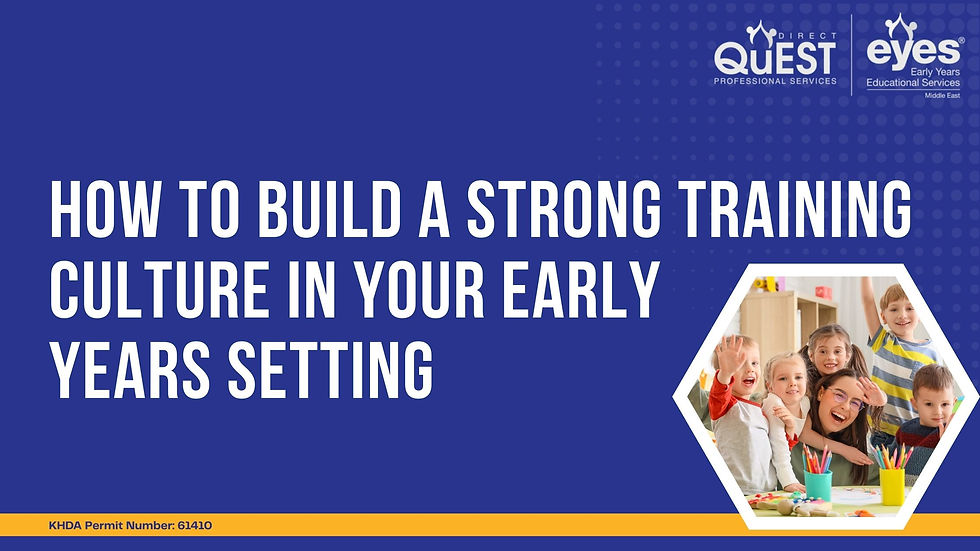Combining Digital and Physical Play
- Sep 8, 2021
- 3 min read
Research suggests that younger children use digital devices in a very passive way, mostly watching content or playing games alone. This type of play not only isolates children but takes them away from physical play opportunities. As well as this, children are spending less time outdoors than ever before, preferring to sit in front of a television or tablet. It is important that we challenge this solitary media activity not only at home but also in the setting, as we can act as role models for what children could be taking part in outside of school.
When children prioritize digital play over physical play it can limit their learning opportunities. Physical play incorporates learning by touch in a practical and hands on manner which is often the preferred and most effective method of learning for children. The isolation of digital play can be a problem for children’s communication and language as well as social and cognitive development because they are missing out on important learning opportunities which can happen in the “real” world.
However, the digital world is here to stay so we need to actively use it in an effective way. If computer and tablets, games and applications are created in a different way they can actually be of benefit to children. To ensure this they need to be less passive and encourage collaboration. Mixing the digital and physical worlds and moving freely between them is what children do naturally anyway so this is a logical step.
There are a number of pieces of research working on exactly this so let’s take a look into the future. One researcher is experimenting with using a story telling application combined with tangible objects that children can handle and manipulate that interact with the device. Their findings so far have been very positive. Where previously a child would listen and watch a story passively, by adding these objects the experience has become so much more. Children played collaboratively, exploring the objects and their purposes and effects both in the “real” and “digital” world. They interacted with one another and used their imaginations at a much higher level. By adding physical objects, the digital device became a facilitator to a playful, social experience that incorporated movement and language.
Another piece of research is looking into an application where children can choose games they want to play in an outdoor environment. It encourages children to play outside and to socialize with other children.
These are just ideas at the moment however Lego have made the first steps into making these ideas a reality with the launch of Lego Fusion. This incorporates physical building blocks into digital games. This is for ages 7+ right now but I am sure they will branch out to younger children in time.
Another company who have started the journey of making this idea a reality are Play-Doh. Their Touch Shape to Life Studio provides play dough and cutters for building models. Once complete there is a star-shaped plastic studio platform to stand them on and then they are captured with an iPad or iPhone. The related app creates a digital version of the sculpture, incorporating it into a game.
So, keep an eye out for these new digital and physical worlds combining and think of ways you could do the same in your setting. Use your imagination to grasp children’s attention in new and exciting ways!









